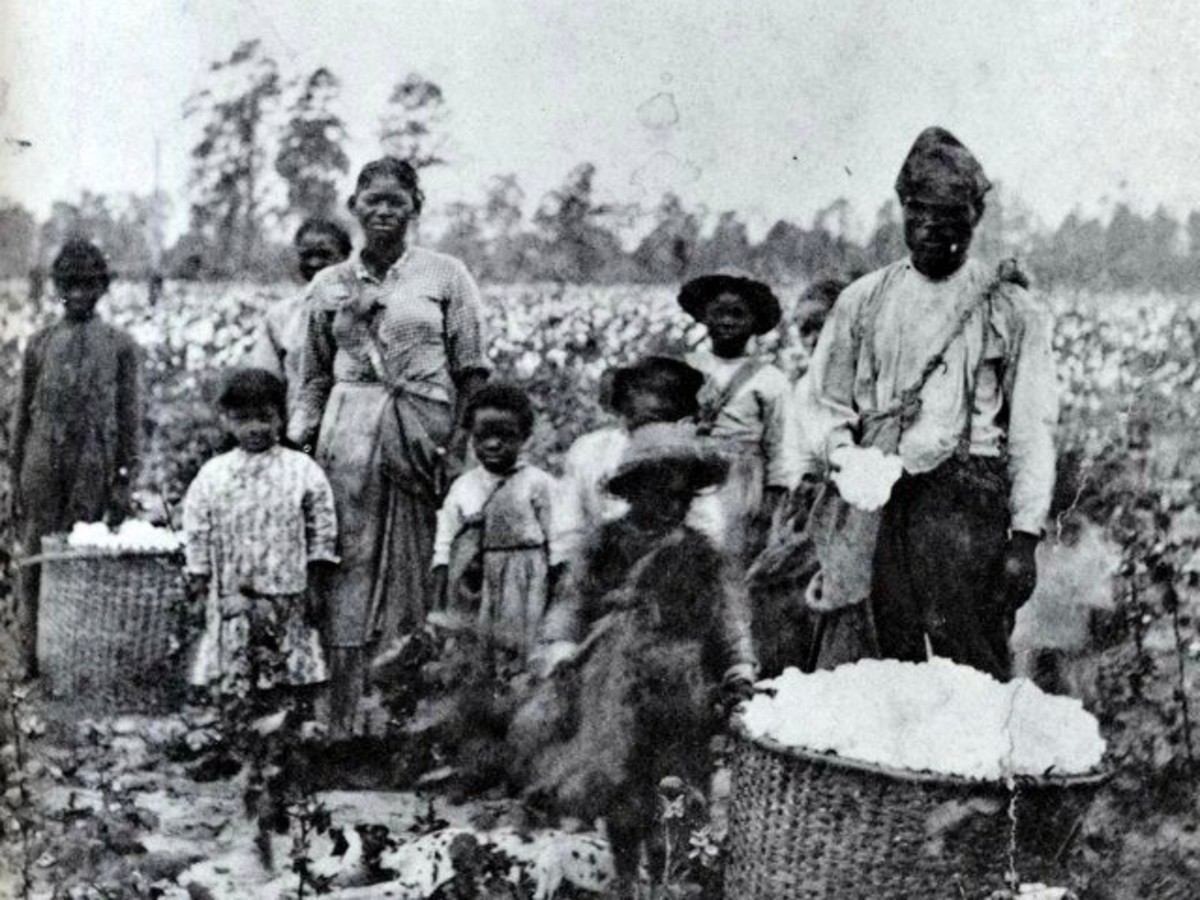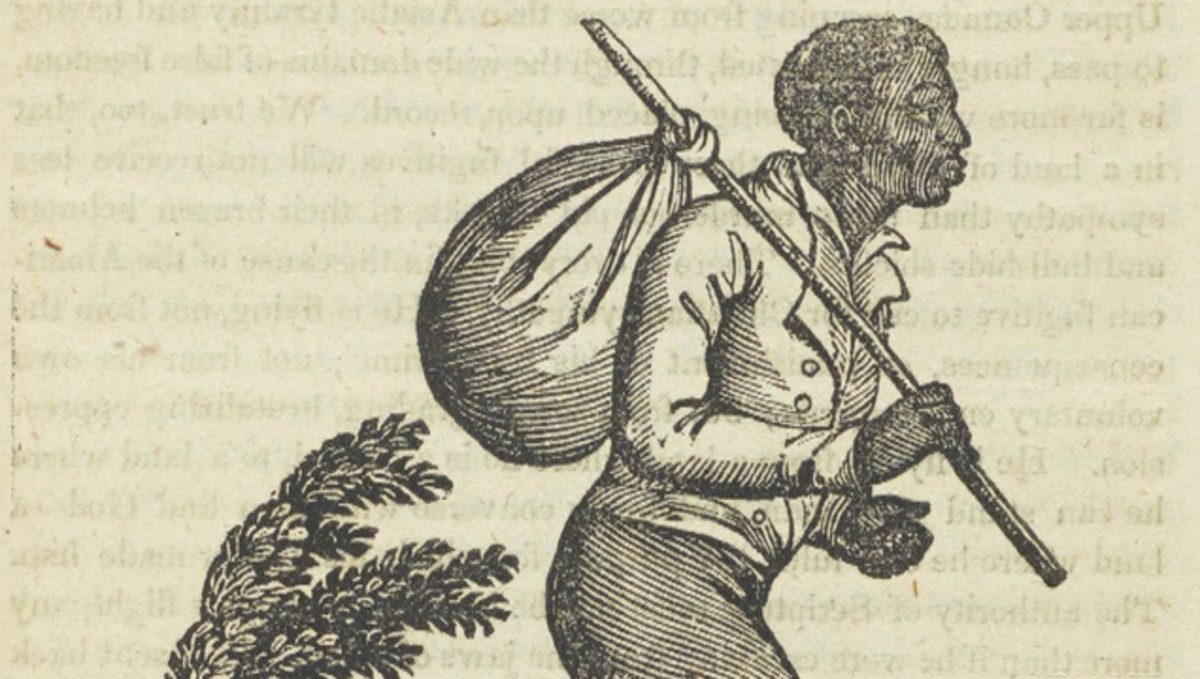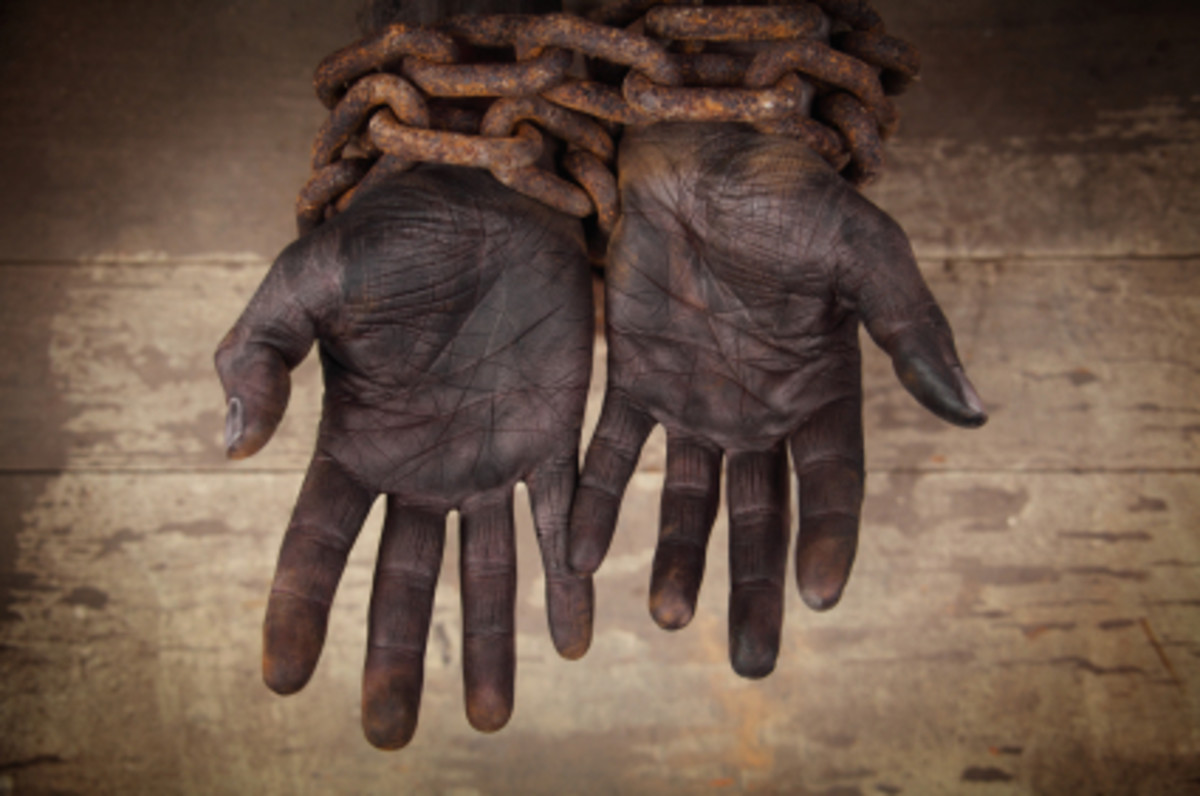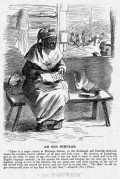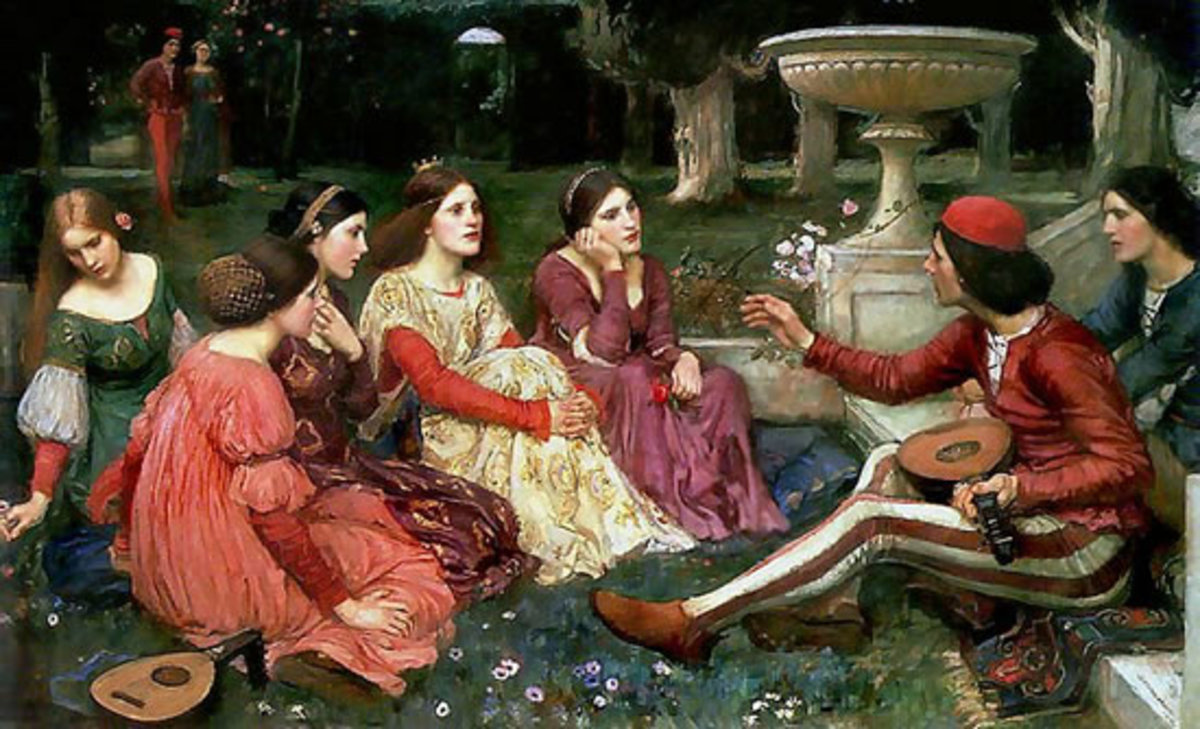The Nights of the Black Nation!
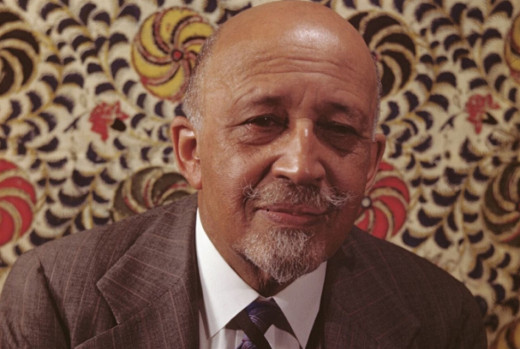
The American sociologist has finally returned, in a new book containing colorful charts depicting black lives in America. Accurate statistics that gave African Americans lives were shown in Paris early last century, at a time when ethnic human exhibitions were still common in Europe. The book recovers a pioneering sociological experience of a man who has been peeling the layers of the white view in America and the world, providing a Marxist reading of the role of black labor in building the American capitalist system, which he finally expelled years before his death in Ghana.
"Those who walked in the dark, sang sad songs in past days because their hearts were tired". Slaves' cries in the fields or the rhythms of the cotton picking, were not domestication of the hardship as empty-minded white employers for years. Behind those sad voices, William Edward Burgarthart de Bois (1868-1963) found a religious yearning for African Americans to reach a fairer and more honest world of their lives within the slavery system. Postpone their hope for after death. When his reference book, The Souls of the Black Nation, was published in 1903, de Bois (abbreviated as WEB de Bois) crossed the site of opposing the outlook of whites and their ignorance of those who lived near them in the south in particular. He went further than peeling the layers of white outlook, with their weight and power. Giving black souls a look outside the "veil" they are born under in America. The veil is one of the core concepts that De Bois coined to understand the psychological and sociological relationship of Africans alike with both themselves and themselves, as well as the "dual consciousness" that characterizes their awareness of their identity: the ancestral identity, and the one that was formed in America. The ideas of the author, who combined philosophy, sociology, literature, and psychology, still inspire contemporary writings on racism and racism in America and the world. Through research, accurate statistics, his observations on his travels to the American South, and dozens of intellectual and literary books, the Afro-American sociologist declared that the problem of the twentieth century is the problem of color or apartheid. It was at the beginning of the twentieth century. Ethnicity is the amplifier from which he viewed the world's struggles until his departure in the 1960's, where he remained until his last days liberating blacks from the white outlook that captivated them and imprinted their entire consciousness, especially the period that followed their attainment of freedom.
Before the release of the "Black Nation Spirits", which is always referred to to shorten his long experience, de Bois devoted himself to accurate statistical work in black societies in a pioneering and racing approach at a time when they were seen as a single bloc. What is remarkable, in addition to his work on the consequences of liberation and the weighty way to it, is his visual approach to this information in graphs that were presented in an exhibition on African Americans in Paris in 1900. And with the release of the exhibition materials recently in a book entitled "The Life of Blacks 1900" (Redstone Press / London) We can see the intense and varied visual proposals in color and shape for the information that shows the development of the black community in America in terms of education, literature, crime and other features, including the comparison of the African nation with the Russian, Belgian and Swedish peoples.
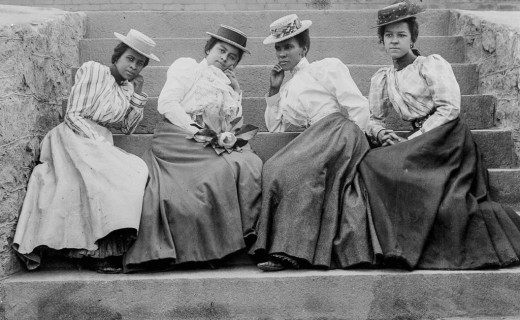
The book appears to be an opportunity to read that transitional period, the end of the nineteenth century and the beginning of the twentieth century, especially since its effects are still visible today in the racism of the American police system and the prisons that haunt black people. What gave the exhibition double importance, is that the drawings and pictures were displayed in Paris when the gardens of the sons of black skin were still present, and ethnic exhibitions by the colonists were common in Europe, including Paris, which was able to see a nation that was unknown in the world. De Bois conveyed the voice of the Africans with their throats, not with what was being written about them. The exhibition also included photographs of southern Africans, away from the stereotype of them as second-degree children, as students, workers, academics and artists appeared from them. An avant-garde experience leads some academics today to confirm that de Bois' systematic engagement in his social studies and statistics preceded Emile Durkheim's work on suicide. In his first book, "The Negro Negro", he conducted a comprehensive survey (interviews of 2,500 black families) of the social crises that black society suffers there. It concluded that the problem of niggers is not as it seems on the surface, but rather it is a number of social problems such as poverty, crime, illiteracy and other pests whose effect appears to deepen the crisis of their existence.
De Bois accompanied the transformative blacks in America: the South and slavery, the period of liberation and reconstruction, then the emergence of Jim Crow's law, and the struggles of the civil movement in the 1960's. Whenever the spectrum of slavery subsided, America invented it again. Although he was born in the north, to a family of freed slaves, the country has always reminded him that he was a negro. But his true awareness of the White System arose when he went early to education at a Tennessee school in the south. There he saw the spectra of slavery, and viewed their lives up close. In addition to his academic and intellectual work, de Bois was an essential symbol of the struggles of the civil rights movement that followed him. In 1909, he helped found the National Association for the Advancement of People of Color (NAACP) by seeking to demand political, educational, social and economic equality between all ethnicities in America. He also took charge of the association’s newspaper, The Crisis, where he expressed his thoughts and suggestions for developing a black community, including his ideas that were sometimes accused of elitism.
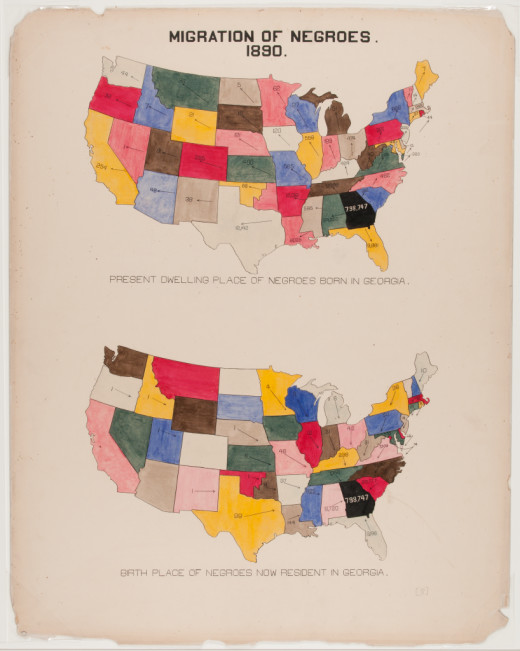
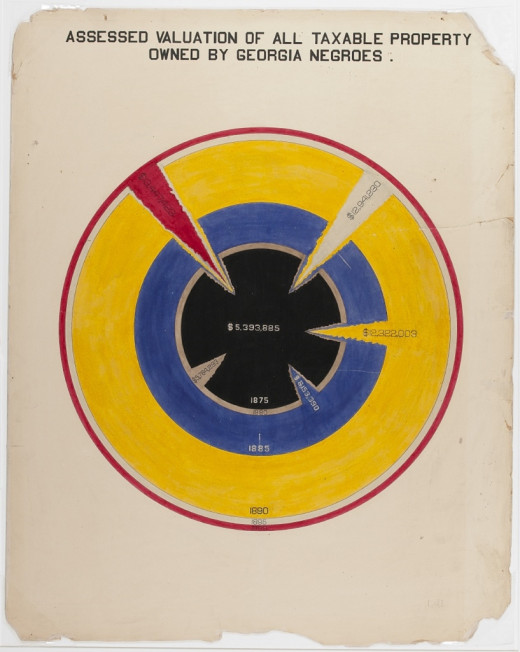
The man who was the first black to obtain a doctorate from Harvard University, found in education and the right to vote the only way to liberate black people, as he found in his book "Black Nation Souls" that a group of gifted blacks should lead the black community. This created a long contest with another black leader, Booker T. Washington whose claims were limited to learning professions and strengthening the workforce. This debate lasted long and divided the African thinkers for years. But de Bois became more adherent to this trend, especially after his long stay in Berlin. There he read the most important German thinkers, among them Karl Marx, who gave him a Marxist window to read the situation of Africans in the world and in America in particular. Not only did he criticize the interior, but was attentive to the world's ethnicity and its many manifestations, as it was the most prominent advocate of African unity and some of its governments. When the First World War broke out, he presented a different reading of its causes, not only in his view of Europe and its internal struggles but rather because of colonialism, and in particular the Europeans' struggle with Africa. In an article entitled "The African Roots of War", he linked the world war, colonialism, and industrial capitalism. His criticism was primarily directed at anti-war movements, as calls for peace did not have to content themselves with laws and penalties for wars, but rather to address the colonists' exploitation of local workers. Besides criticizing the American ideology that exploited about 20% of its population (more than half a million slaves), he believed that it was black labor that laid the foundation for the capitalist economic system in the modern era. In other words, slavery is the historical institution in which the black factor is introduced to the modern world order. An imprint that could not be easily erased. Rather, it remained present in the following stages, especially in the distinction made by the capitalist authorities between black and white workers on which Du Bois wrote several articles.
He accompanied the transformative blacks in America: the South and Slavery, the period of liberation and reconstruction, then the emergence of Jim Crow Law, and the civil movement struggles in the 1960s
America was never a safe haven for De Bois, and it may take a long time to reach such a result. As his disappointment with the country doubled, he tended more to communism, signed petitions opposing the US nuclear weapon, visited the Soviet Union and China where he met Mao Zedong, and sent an affiliation letter to the American Communist Party in the 1950's, before America finally expelled him. In attributing the McCarthy attack on the opponents, he was prevented from traveling repeatedly, before being allowed to travel to Nigeria and Ghana to attend independence celebrations, but it was his last trip. Finally, the authorities decided to prevent him from permanently returning to America. He lived his final years in Ghana, which granted him citizenship, and he died there, but after he reassured the continuation of the struggle, he closed his eyes on the night the civil rights movement walked its march to Washington after the sermon of Martin Luther King, "I have a dream".


